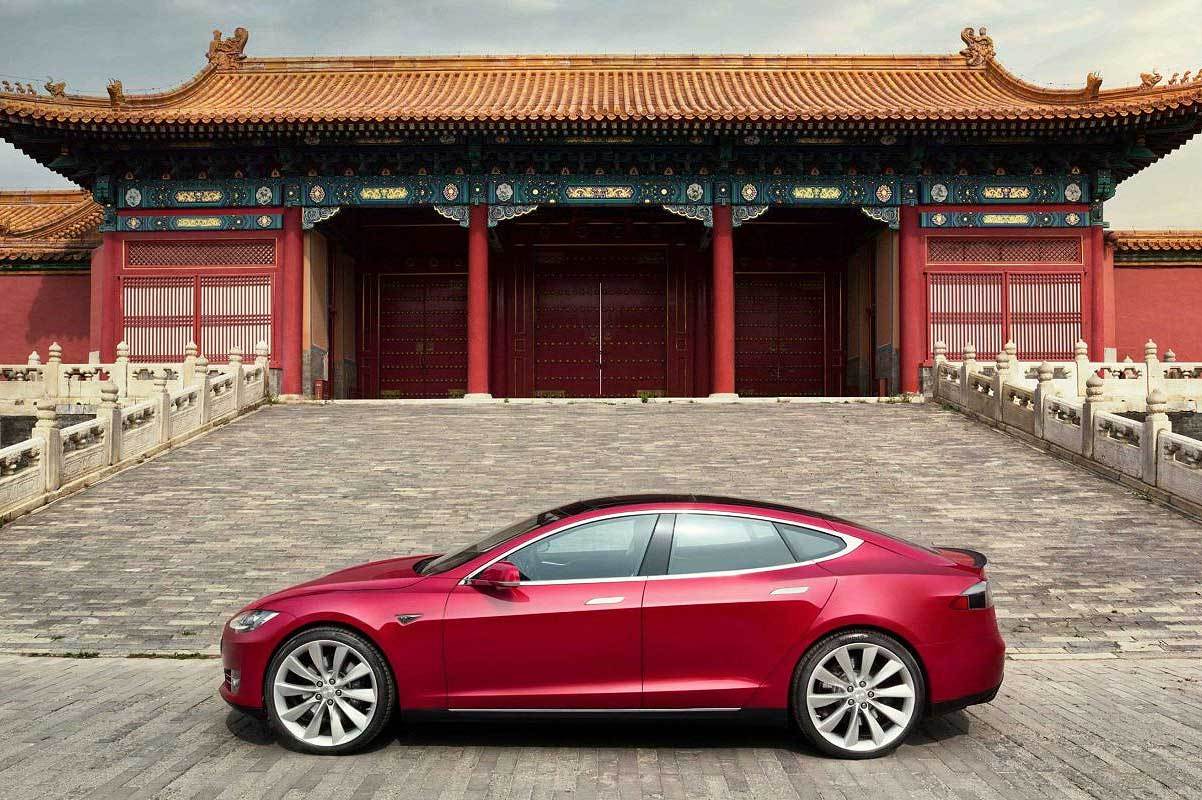It is widely known that one of Tesla’s great weaknesses is the improved build quality of its vehicles. From the Model S and Model X to the most recent Model 3 and Model Y, the entire range of the North American manufacturer has received harsh criticism due to its painting and assembly problems, as well as its premature failures in elements such as the multimedia system.
Tesla recently obtained the last position in the quality survey of JD Power, because after interviewing 1,250 owners of vehicles of the brand (most of them Model 3), it was concluded that each unit had 2.5 average failures (or what is the same, 250 failures per 100 units) during its first three months of life.
However, these results contrast with those obtained by the 12365 Auto survey in China. In a market where on average 37.2 complaints related to quality problems are registered for every 10,000 cars, the Tesla Model 3 manufactured in Giga Shanghai received only 0.7 claims, making it the vehicle with the least quality failures in the ranking.
Thus, while in the US survey Tesla was in the last place with a notable difference from the penultimate (Land Rover, 228 problems per 100 units). In the Chinese study the American firm achieved first place with its star model with an overwhelming advantage over the second classified (4.2 problems per 10,000 units).
Although both surveys have very different approaches and study parameters (you only have to see the number of failures per unit of each one), it is indeed striking that the same brand comes first and last in its two most important markets.
This difference may be due to the excellent work carried out on the production lines of Giga Shanghai. A plant in which Tesla has probably dumped all the lessons learned in the Fremont factory, which continues to suffer the same production problems from years ago, possibly because the factory is working to the limit of its capacity.

